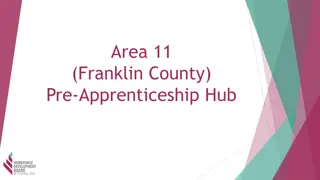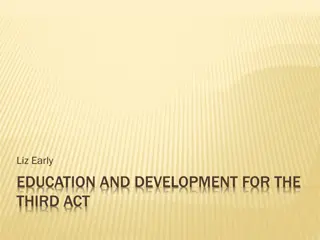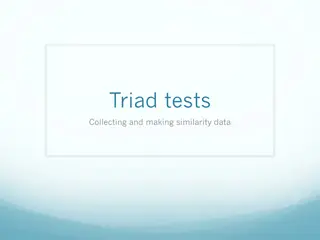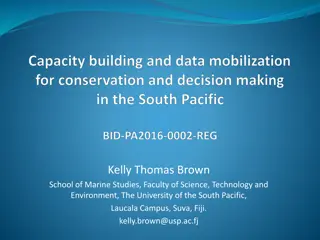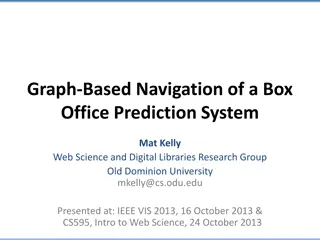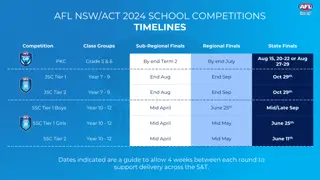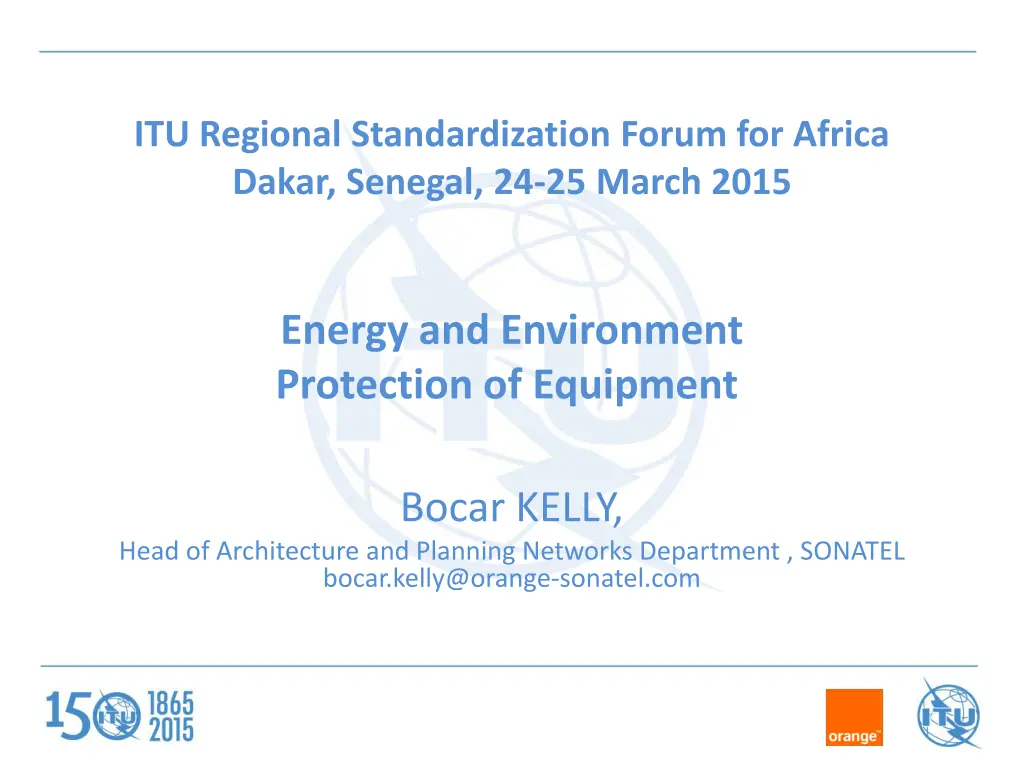
Energy Sustainability and Network Protection Strategies
Explore how Sonatel addresses energy sustainability and network protection challenges in Africa, focusing on the impact of energy availability on network reliability and the implementation of engineering rules for site classification. Learn about key incidents, strategies, and methodologies to ensure a reliable power supply for telecommunications equipment.
Download Presentation

Please find below an Image/Link to download the presentation.
The content on the website is provided AS IS for your information and personal use only. It may not be sold, licensed, or shared on other websites without obtaining consent from the author. If you encounter any issues during the download, it is possible that the publisher has removed the file from their server.
You are allowed to download the files provided on this website for personal or commercial use, subject to the condition that they are used lawfully. All files are the property of their respective owners.
The content on the website is provided AS IS for your information and personal use only. It may not be sold, licensed, or shared on other websites without obtaining consent from the author.
E N D
Presentation Transcript
ITU Regional Standardization Forum for Africa Dakar, Senegal, 24-25 March 2015 Energy and Environment Protection of Equipment Bocar KELLY, Head of Architecture and Planning Networks Department , SONATEL bocar.kelly@orange-sonatel.com
Context The availability of energy remains indispensable for the success of our projects. Its sustainability remains a key factor for a QoS. 60% of networks failures (especially radio side) are due to the NRJ and the environment. One of the special properties of the energy is that some of its characteristics depend on both the producer/distributor of electricity, equipment manufacturers and the client (Sonatel) . Therefore methodology to ensure a qualitative power supply that is secured and adapted to our equipment. we shoud deal with adopting a consistent
Context 1 single figure to remind ... ... 57% of networks incidents stem from an power interruption Origin 2003 2011 Energy 28% 57% Hardware Failure 46% 24% Software Bug 13% 6% mistake 9% 11% Other 4% 2 Source: Study IALA 11/2011 Market U. S Off cuts of fiber
Case Analysis Sonatel The analysis of incidents Shows that the NJR unavailability accounts for the main cause with 59% in 2013, 46.7% in 2014. NUR 2G Zoom on the distribution incident NRJ 31% NRJ 59% SYST 10% TRANS 2013 2014
Sonatel Approach Classification of sites Classification of our sites in accordance with of the level of risk and setting up of adapted engineering rules enabling us to warrant the quality and the availability of energy. Priority Type of site Sub priority P0 Strategic sites (2S) P1 Nodal sites (NS) P2a Medium sites (MS) P2 P2b Delicate Sites (DS) Traditional Access Site (TS) P3 Universal access site (US)
Sonatel Approach : Engineering Rules for P0 Sites Primary Power Supply of Rectifiers Each rectifier supplied with a specific low voltage switch gear specific Supply of equipment AES component Rectifiers Cabinet 48 V 02 Cabinets in each room supplied with different rectifiers LOW VOLTAGE SWITCH GEAR Double supply of equipment eligible by two 48 V different sources 2 in redundancy with sharing of battery Standard Transf. MT/BT Primary component GE Site P0 Standard 2 2 2 technical environment component Air box Conditioning 02 Air conditioning boxes supplied with two different LOW VOLTAGE SWITCH GEAR Equitable distribution of the air conditioning in the 02 boxes Standard
Approach Sonatel : Engineering Rules P1 Sites Primary Power Supply for rectifiers Supply of equipment AES Component Rectifiers Cabinet 48 V Double supply of equipment eligible by two 48 V different sources if the site hosts a multiservice router 02 Cabinets in each room supplied with different rectifiers if the site hosts a multiservice router 2 in redundancy with sharing of battery if the site hosts a multiservice router Each rectifier supplied with the same LOW VOLTAGE SWITCH GEAR Standard LOW VOLTAGE SWITCH GEAR Site P1 Transf. MT/BT Primary component GE Standard 1 1 1 technical environment component Air boxes Conditioning Equitable distribution of the air conditioning in the box 01 Air Standard conditioning box
The Optimization solutions for the Energy Consumption "energy consumption" criterion is determining one for the choice of telecoms equipment during the tender calls process Modernization of the RAN to reduce energy consumption: Decrease of energy consumption TRX o Decrease of energy consumption for the charging of batteries o Prioritize the deployment of Outdoor BTS sites : Improvement of the environment o Cancellation of the air conditioning consumption c(Outdoor) o The deployment of solar base stations (project Oryx 302 sites) is part of the "green strategy" aiming to achieve a reduction of: Reduction of CO2 emissions o Decline in our overall consumption of energy o Migration of 100% Generator (GE) sites to hybrid Solar/GE with Saving Opex
Protection of Equipment against Factors External Protect equipment against lightning strikes, and power surges during the construction phase of site: Erection of a lightning conductor suitable and effective to capture the shock of lightning (more frequent in the rural area). Grounding to lead this energy safely by using the down conductor. Dispel this energy in the earth through a circuit of earth circuit of low-impedance Eliminate possible loops and potential differences in ensuring the equi-potentiality of metal weights and circuits of earth. Protect the equipment against power surges and transients on the power lines . Protect the equipment against surges.
Q&A THANK YOU

![Download Book [PDF] Changing the Game (Offsides Book 1)](/thumb/42244/download-book-pdf-changing-the-game-offsides-book-1.jpg)


